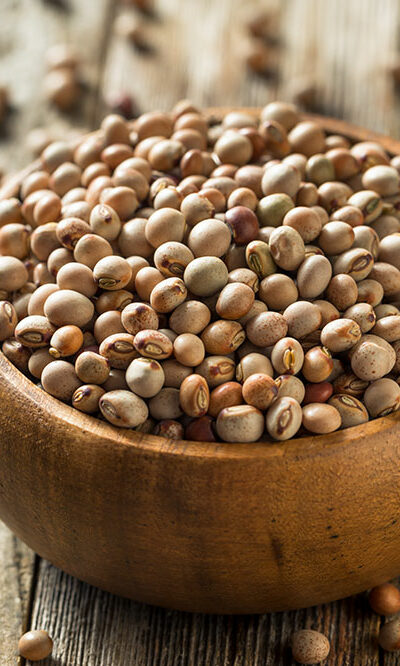
Important things to know about addictions
Addictions have become an extremely serious global issue. From different kinds of substances to alcohol and nicotine, people can be addicted to a variety of vices. Being addicted to something is a disorder, which affects the behavior and brain. When the addiction increases, one loses control over his/her urge to use the substance, even if they know how bad it is for them. Understanding it better First, one needs to understand that addiction is a disease. It can start from consumption on an experimental basis, which leads to more intake use until the person cannot control the urge any longer. While some substances may take time to become addictive, a few can be riskier and turn a person into an addict immediately. Like most other diseases, addictions can be treated, but it requires more support from loved ones, and one needs to develop the willpower to quit. Symptoms of addiction Sometimes it can become quite difficult to identify if one is addicted to any substance. Avoiding the consumption of alcohol or any other substance is the best way to save oneself from addiction. However, if a person has started consuming any of these substances, they must look for the following symptoms to recognize if they have become addicted. Using daily or maybe even more than once in a day An intense need to use it and lacking focus on anything else If one requires to take more than before for the same effect Always keeping supply at hand Spending more money on it than affordable Hampers work or social commitments Effects on mental and physical health Starting to do take part in risky behaviors under the influence Starting to feel the physical symptoms of withdrawal when not using the substance Causes of addictions Various factors can influence addiction. The two most powerful influences are the environment and genetics.










